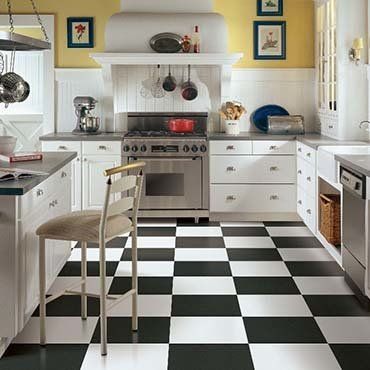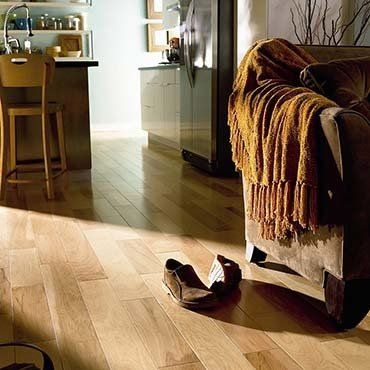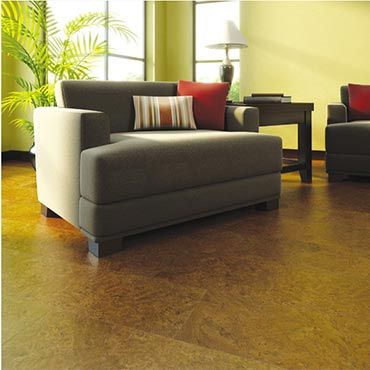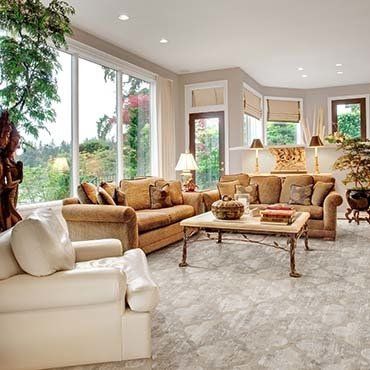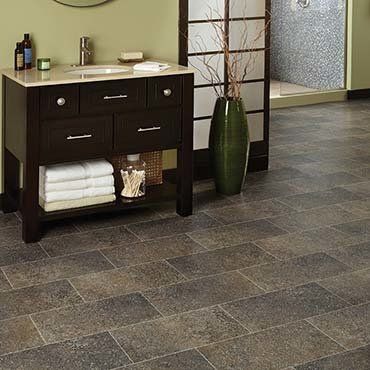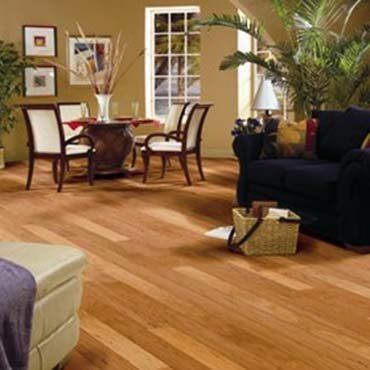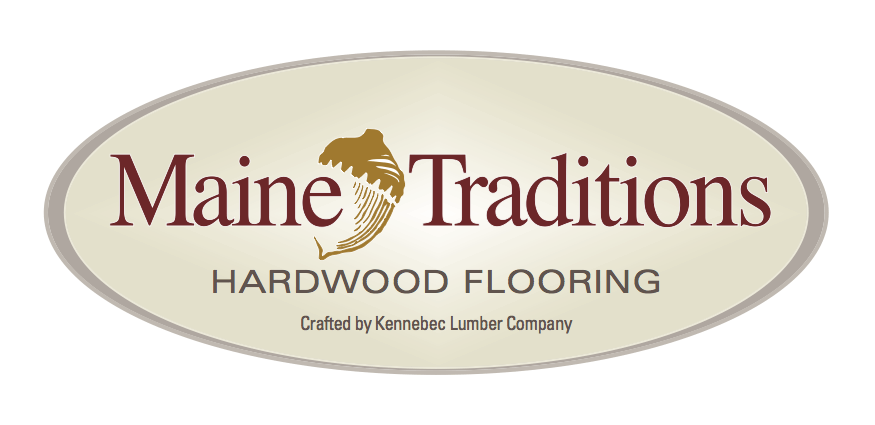Comprehensive Carpeting & Flooring Needs Met
At Carpet Center & Floors
we believe that it should be all about you. Our main goal is to do everything possible to make you satisfied. Carpet Center & Floors carries a complete line of products from the world's leading manufacturers. Get started today by calling (734) 961-9400
to learn more!
Featured Brands
Armstrong Luxury Vinyl Floors
Shopping for a different kind of vinyl floor? Armstrong’s new luxury vinyl floors may be just what you’re looking for! Alterna is the luxury vinyl tile that looks like ceramic tile or stone, while Luxe Plank luxury vinyl (a “Best New Home Product” in 2010 from This Old House magazine) looks like hardwood.
You have to see and feel these luxury vinyl floors to appreciate the difference. Alterna vinyl tile is soft and warm underfoot and offers the most natural and realistic ceramic or stone looks you’ll find anywhere.
Luxe Plank luxury vinyl floors also offer highly realistic looks – only in hardwood colors and textures. Luxe Plank even comes in authentic plank lengths and widths, with beveled edges and ends.
Alterna luxury vinyl can be installed with or without grout, for a true stone or ceramic look. Consider hiring an Armstrong-certified, professional installer for Alterna since gluing and grouting is usually beyond the average DIYer. Alterna comes in the large format 16”x16” vinyl tile.
If you want a luxury vinyl floor that’s DIY-friendly, take a closer look at Luxe Plank. You can install Luxe anywhere in your home, and since you install it to itself, not the subfloor, it can go over most existing flooring easily. All you must do is peel the liner sheet and stick the plank in place. If you make a mistake, just remove the plank and re-stick it. You can keep moving the planks into different positions until the adhesive starts to set.
Mannington Hardwood Flooring
For warmth and charm, nothing surpasses the beauty of wood floors and their exceptional beauty makes them easy to live with. Our 7-step UltraWear Plus finish with ScratchResist™ adds a durable surface that never requires waxing or refinishing and provides greater resistance to everyday household scratches. Of course, our UltraWear™ Plus finish also makes our floors easy to maintain.
We use only premium select wood species for our top face and 100% North American hardwoods for our inner plies for beauty and durability that shows. Mannington Wood Floors™ are made to be installed virtually anywhere. At, above, or below ground level. In kitchens, basements, attics-places where ordinary solid wood floors can't survive.
Cork Flooring
Cork is the bark of an oak tree known botanically a QUERCUS SUBER. It is an evergreen which grows in commercial stands only in areas bordering the Mediterranean Sea. Of the important cork producing countries, Portugal supplies approximately 50%, Spain 25%, and the balance is divided between Algeria, France, Morocco, Italy, and Tunisia. As early as 2,500 BC cork was used as fishing floats in ancient Egypt, and in 400 BC cork was also commonly used as stoppers for containers as well as soles for shoes. One of the many famous users of cork was, according to history, conqueror Alexander the Great. A cork piece once saved him from drowning when crossing a turbulent river.
In these days of increasing concern for the environment, cork remains the only tree which can regenerate itself after each harvest. The cork bark is stripped off 2/3 of the tree. The first time is when the tree is approximately 20 years old. A thin layer protective inner bark gives the cork oak the unique ability to protect itself from the debarking process. The stripping requires great skill as the inner bark must not be damaged by the specially designed hatchet used for the stripping.
The first bark is called "virgin" bark. It has a very irregular exterior surface of grayish color. This bark is suitable for grinding into various granule sizes used for cork insulation and composition cork, but it has also become very popular for the manufacturing of decorative items.
The subsequent stripping of the tree will take place every nine years until the cork oak is approximately 150 years old and is replaced by a young one. The bark which grows out after the "virgin" bark has been stripped is called "refugo" bark. It looks entirely different as it has a much smoother surface which is brown. The first crop of "refugo" is mostly used for grinding purposes. The following stripping consist of better qualities with fewer and more closed pores (grains) and the major part is used to produce cork stoppers or other items requiring a better quality or finer looking appearance.
After the stripping process, the bark remains in the forest for some days to dry or perhaps to be inspected by potential buyers. To purchase cork bark is not an easy task as the quality does not only vary from forest to forest and from tree to tree but from the same tree depending on the exposure to sunlight.
Once in the factory area, the "refugo" bark is boiled to make it easier to scrape off part of the woody outer layer and to make the bark more elastic to flatten it out for boiling - should it be sold later. Thereafter, the bark is sorted into various thicknesses which in their turn are sorted into many different qualities to determine a sale price and/or suitable manufacturing use.
Cork is a unique natural product with remarkable properties unmatched by any other natural material. One cubic inch of cork consists of not less than 200 million completely enclosed air cells each measuring l/1000" in diameter. Each minute cell is 14 sided to avoid empty spaces between cells.
Congoleum Vinyl Flooring
Congoleum resilient sheet flooring is manufactured in a continuous length in either 6’ or 12’ widths. Its primary advantage is that it is possible to install it with few if any, seams.
It creates an impervious surface throughout the entire area of a room. There are no crevices or cracks where moisture and dirt can collect. This makes resilient sheet flooring the ideal product choice in rooms where protection from water and other fluids is an everyday occurrence and necessity.
Congoleum offers a wide range of residential sheet products. In addition, we manufacture a variety of commercial sheet floors that are well suited for many types of commercial applications; from light to very high usage, heavily trafficked areas.
Zickgraf Hardwood Flooring
World Class Hardwoods from The Franklin Collection
Walnut, ash, hickory, maple, American cherry. For over half-a-century, Zickgraf has transformed these beautiful hardwoods into some of the world's finest flooring. Combining the artisan's eye for precision craftsmanship with the latest innovations in finishing and manufacturing, Zickgraf can produce flooring that is both alluring and enduring.
The Franklin Collection™
A passion for excellence can be seen in every one of the 45 selections of homegrown and imported hardwoods in the Franklin Collection. These 3/4" thick, solid hardwoods are incomparable in their quality, with a purity of grain and intensity of detail that is virtually impossible to replicate. Floors that represent the peak of perfection when it comes to delivering a level of definition and quality of character today's discriminating homeowner demands. Available in traditional 2-1/4" wide strips, the Franklin Collection floors are also presented in 3-1/4" and 5" wide planks for an even bolder visual statement.
